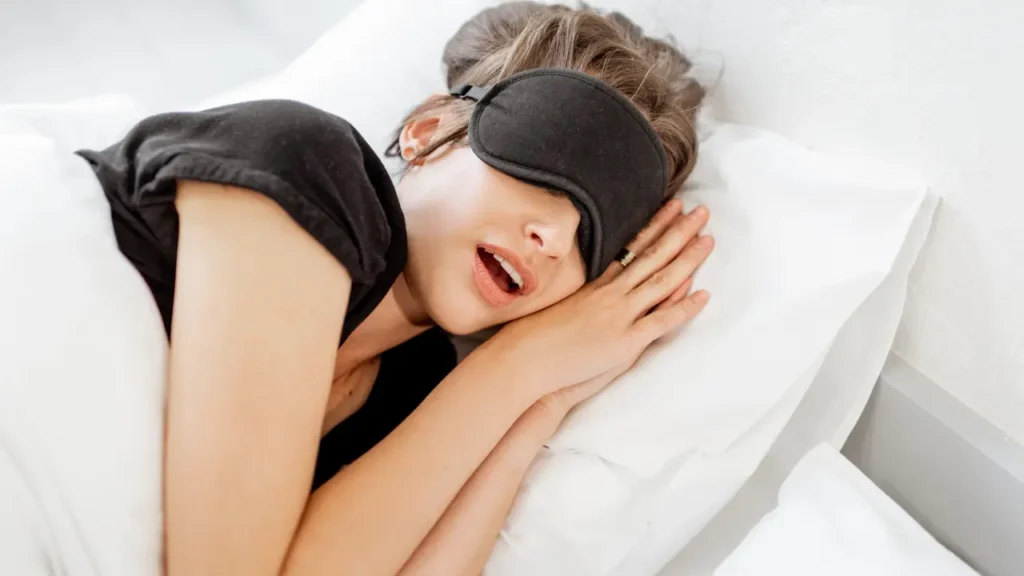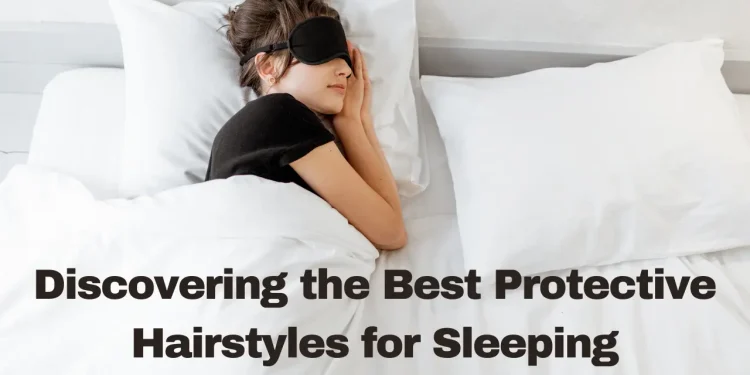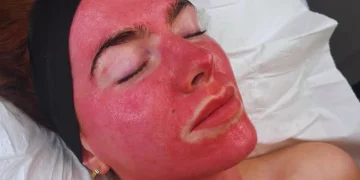Getting a decent night’s sleep is essential for your general health and well-being. However, the difficulty of keeping healthy hair when sleeping is genuine for anyone with natural or curly hair. As a result of constant tossing and turning at night, hair may get tangled, break, and lose moisture, resulting in damage and hair loss over time. Protective hairstyles for sleeping are helpful in this situation. You may prevent hair damage and wake up with healthy, well-maintained hair by dressing appropriately. This blog article will discuss the finest sleeping protective hairstyles, their advantages, and how to choose and care for them.
What are Protective Hairstyles for Sleeping?
The purpose of protective hairstyles is to shield the hair from harm brought on by the environment or daily activities. Protective hairstyles protect your hair from damage that can happen while sleeping. They may also lessen breakage, tangling, and frizz while preserving moisture in the hair. It is possible to create protective hairstyles using various methods, including silk or satin scarves, twists, braids, and buns. You may have healthy, moisturized, tangle-free hair when you wake up by sleeping with a protective hairdo.
The different types of protective hairstyles that can be worn for sleeping.
Sleeping hairstyles may come in a wide variety of styles that are protective. Here are a few of the most common looks:
- Braids: Protective hairstyles for sleeping that use braids are common. Box braids, cornrows, and two-strand twists are just a few of the many designs that may be used. Braids protect the hair by holding it in place and preventing it from tangling or rubbing against objects as you sleep.
- Twists: Twists are similar to braids in that two portions of hair are twisted together instead of being weaved together. Wrenches come in various sizes and designs and protect hair as you sleep.
- Buns: Buns are a traditional, sleep-appropriate protective hairdo. You can stop your hair from rubbing against your pillowcase and breaking off or frizzing by putting it up in a bun. Buns may be worn in various ways, including braided, low, and high.
- Silk/Satin Scarves: A silk or satin scarf is another well-liked method for securing hair while you sleep. You may avoid friction and keep your hair hydrated all night by wearing a scarf. Silk and satin are kind to inch and may lessen tangling and damage.
Benefits of Sleeping with Protective Hairstyles

Protective hairstyles have several benefits, especially for sleeping. Protective hairstyles have several advantages:
- They protect them from rubbing when you sleep on pillows and other objects. Friction may cause split ends and tangles in hair left hanging during sleep.
- Protective hairstyles keep hair in a definite shape, making morning untangling easier. This reduces hair breakage and helps maintain style.
- Prevents Frizz: Moisture and humidity raise the hair cuticle, causing frizz and untidiness. Protective hairstyles keep hair contained and limit friction to avoid frizz.
- Protective hairstyles help hair retain moisture by sheltering it from abrasion and dry air. Curly or textured hair is dry; thus, this is essential.
- Protective hairstyles minimize breakage and allow hair to grow longer without cutting.
How can protective hairstyles help retain moisture in the hair, preventing dryness and damage?
By shielding the hair from friction, dry air, and other environmental variables that might cause the hair to lose moisture, protective hairstyles can assist the hair in maintaining moisture. Hair may become dry and brittle when exposed to dry air, such as while sleeping in an air-conditioned room, which can cause breakage and damage. People with curly or textured hair, inherently drier than straight hair, will find this particularly true.
The hair is maintained in a contained and protected condition by using protective hairstyles for sleeping, such as braids, twists, or buns, which helps to avoid moisture loss.
Additionally, by decreasing friction and keeping the hair from drying out, utilizing fabrics like silk or satin for sleeping caps or pillows may assist in further maintaining moisture in the hair.
Well-moisturized hair is less prone to break, split, or get damaged, which may result in hair that is generally stronger and healthier.
Additionally, hair is more manageable and more straightforward to style when it is not depleted of its natural oils and moisture.
Choosing the Right Protective Hairstyles for Sleeping
Sleeping hairstyles must be healthy. Protective hairstyles:
- Structure determines protective hairstyles. Buns or ponytails work well for straight hair, while braids and twists work well for wavy or textured hair. Know your hair type to choose a protective style.
- Protective hairstyles may also depend on hair length. Longer hair may need braids or twists to avoid tangling.
- Your sleeping posture might impact your protective hairdo. Braids or twists are preferable to a high bun or pineapple if you sleep on your side.
- Consider Lifestyle: Daily activities may determine your protective hairdo. Sports may benefit from a non-tangling hairstyle. Bun or ponytail if you’re busy.
- Sleeping caps and satin pillowcases are hair-friendly.
- Friction-reducing compounds prevent hair breakage.
How to Prepare Your Protective Hairstyles for Sleeping
Preparing your hair before applying the protective hairstyle ensures it works and prevents harm. Protective hairstyles need the following steps:
- Use a clarifying shampoo to remove product buildup and oils. Clean hair is better for protective styles.
- After you’ve washed your hair, deep condition it to moisturize and nourish it. This improves hair’s strength and decreases breaking, making hairstyle more straightforward.
- Before using a protective style, untangle your hair to minimize unnecessary tugging and straining. Untangle your hair gently with a wide-tooth comb or your fingertips from the ends to the roots.
- Apply a leave-in conditioner before placing your hair in a protective style to feed and protect it. It also reduces frizz and tangling, facilitating style maintenance.
- Use the Right Treatments: Use gentle treatments on your hair before styling it in a protective style. Choose non-toxic organic products.
Maintaining
It would help if you correctly cared for it after sleeping to keep your hair healthy and your protective style functioning. Protective hairstyles for sleeping:
- Cover Your Hair: Sleep with a silk or satin scarf or bonnet. This protects hair from abrasion and drying out.
- Avoid Excessive Styling: Excessive styling might break and destroy protective styles. Avoid heat-styling and short hairstyles.
- While protectively, nurture your hair with a moisturizing spray or oil. This reduces hair dryness and brittleness.
- Protect your hairline with a little amount of edge control or gel. This will prevent your hairline from breaking.
- Stop Being Protective Avoid pulling your hair while removing your protective style. Carefully remove hair ties or elastics with scissors.
Conclusion
Protective Hairstyles for Sleeping are a fantastic technique to keep hair strong, healthy, and gorgeous. You may lessen breakage, tangling, and damage while you sleep by picking the perfect style and taking good care of your hair. There are several options for protective hairstyles, including buns, twists, silk/satin scarves, and braids. While wearing a protective style, it’s crucial to maintain your hair nourished and protected. You should also remove the kind slowly to prevent damage. Using these suggestions, you may attain healthy and lovely hair while sleeping.
Read –













